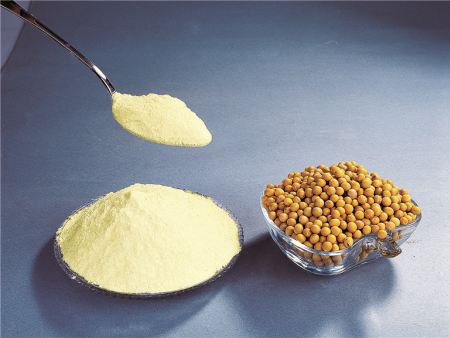Phospholipids in the food industry
Time:2024-03-28
Phospholipids play a crucial role in the food industry, with the following main functions and applications:
1.Emulsifier: phospholipids possess both hydrophilic and lipophilic properties, enabling them to evenly mix two typically immiscible liquids such as water and oil, forming emulsions or creams. This emulsification process is vital in food processing, aiding in improving the taste, extending shelf life, stabilizing texture, and providing a delicious food experience. For example, phospholipids are used in chocolate products to blend cocoa butter and sugar into chocolate paste, helping prevent chocolate from layering and enhancing its glossiness and texture. Phospholipids are also used in dairy products such as ice cream, milkshakes, and yogurt to stabilize the mixture of fat and water, preventing fat separation and ice crystal formation.
2.Antioxidant: Phospholipids can also act as antioxidants, used in pastries, candies, and hydrogenated vegetable oils in appropriate amounts to help maintain food freshness and taste.
3.Dough conditioner: Phospholipids are often used as dough conditioners, improving the texture and mouthfeel of food products.
Phospholipids are widely sourced, primarily found in the cells of animals and plants. Animal phospholipids mainly come from egg yolk, milk, animal brain tissue, liver, kidney, and muscle tissue, while plant phospholipids mainly exist in oilseed seeds. Most phospholipids are in a combined state with proteins, carbohydrates, fatty acids, phytosterols, vitamins, and other substances. Soybean phospholipids are the most important plant source because they are released with oil during soybean oil production and have a high content.
The application of phospholipids in the food industry is extensive, with their emulsifying, antioxidant, and dough conditioning effects improving the taste and stability of food, while also aiding in extending the shelf life of food products.


 CN
CN





